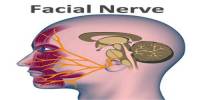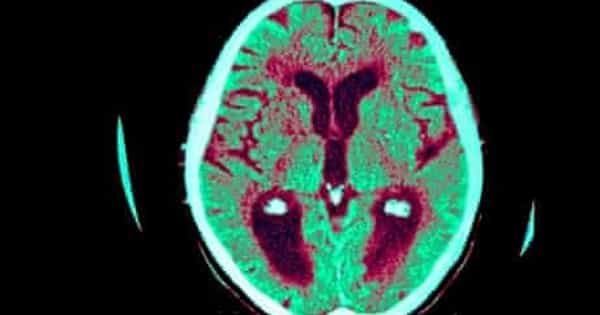Cholera toxin is a protein complex produced by the bacteria Vibrio cholerae, which causes cholera, a severe diarrheal illness. The toxin consists of several subunits, including one A subunit and five B subunits. The bacterium Vibrio cholerae secretes an AB5 multimeric protein complex known as choleragen, which is also abbreviated as CTX, Ctx, or CT. CTX is responsible for the large, watery diarrhea associated with cholera infection. It is part of the heat-labile enterotoxin family.
Cholera toxin’s B subunits bind to specific receptors on the surface of cells that line the small intestine. Once bound, the poison is internalized by the cell via endocytosis. The A subunit of the toxin is released and enters the cytoplasm.
The A component of cholera toxin exhibits enzymatic activity and alters Gs, a regulatory protein involved in intracellular signaling cascades. The toxin modifies Gs, causing unregulated activation of adenylate cyclase and an increase in intracellular cyclic AMP (cAMP). Elevated cAMP levels disturb ion transport pathways in intestinal epithelial cells, causing significant volumes of water and electrolytes to be secreted into the intestinal lumen, resulting in the severe diarrhea associated with cholera.
Here’s how it works:
- Bacterial Infection: When a person ingests food or water contaminated with V. cholerae bacteria, the bacteria colonize the small intestine.
- Toxin Secretion: Once inside the intestine, V. cholerae secretes cholera toxin.
- Binding to Cells: The B subunit of the cholera toxin binds to specific receptors on the surface of cells lining the intestine.
- Entry into Cells: Once bound, the toxin is taken up by the cell through a process called endocytosis.
- Activation: Within the cell, the A subunit of the toxin becomes active. It ADP-ribosylates a regulatory protein called Gs, which is involved in cellular signaling pathways.
- Increase in cAMP: ADP-ribosylation of Gs leads to its constitutive activation, causing increased levels of cyclic AMP (cAMP) within the cell.
- Ion Secretion: Elevated cAMP levels disturb ion transport in intestinal epithelial cells, resulting in a large discharge of chloride ions into the lumen.
Cholera toxin is a major public health risk in areas with inadequate sanitation and limited access to clean water, where outbreaks can occur, resulting in potentially deadly dehydration if not treated immediately with rehydration therapy. Cholera vaccines are available and have a vital role in avoiding epidemics, combined with improved sanitation and access to clean water.
















